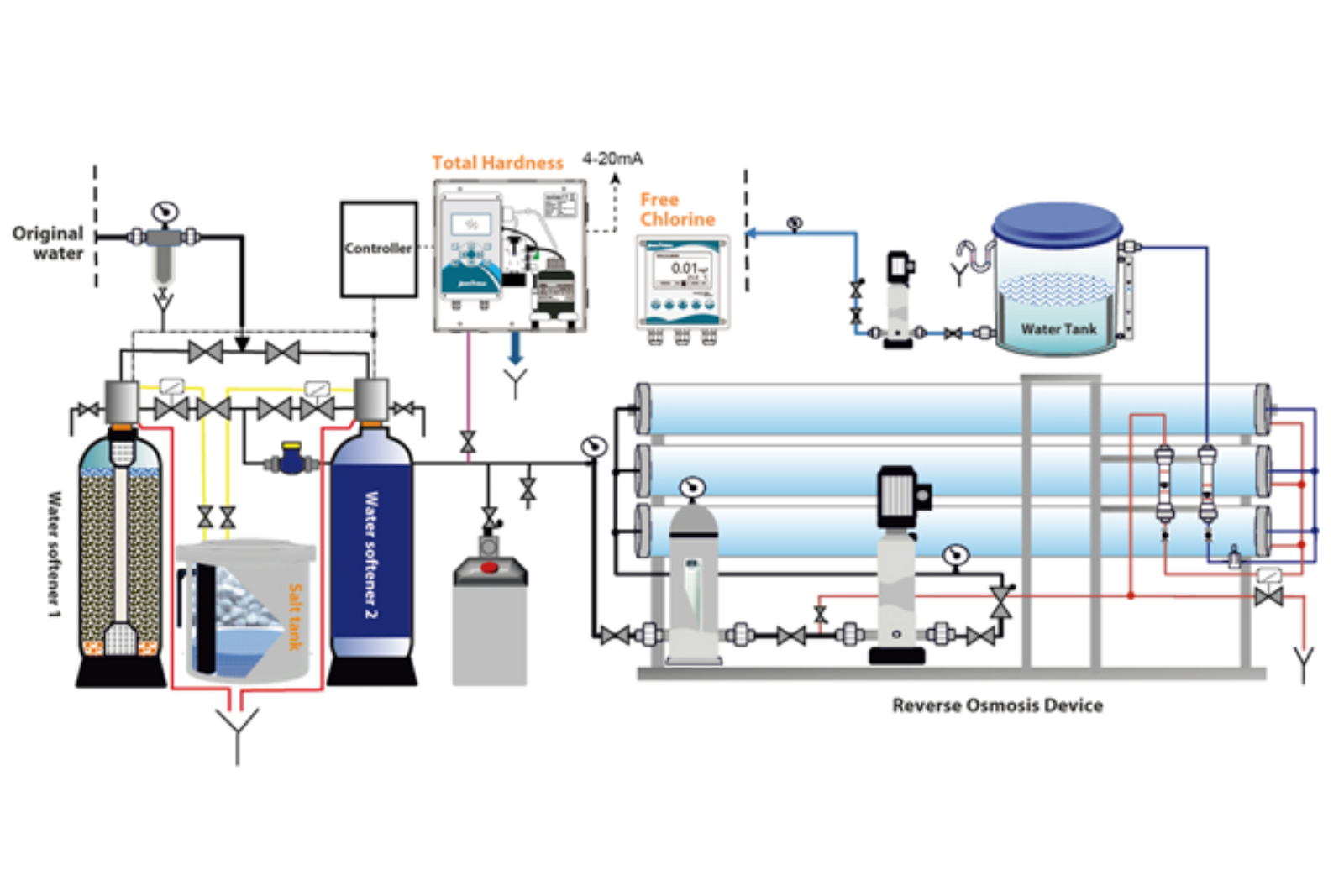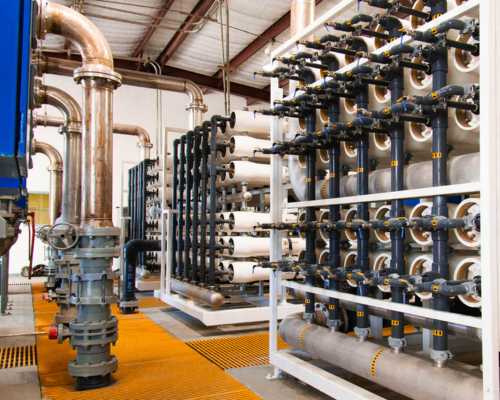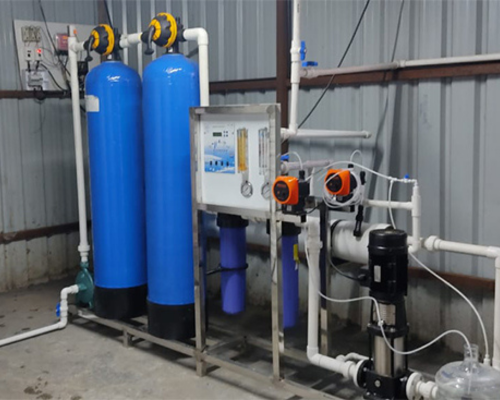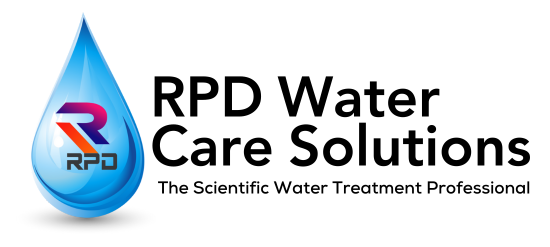Reverse Osmosis Plant: Purifying Water through Membrane Technology
A reverse osmosis (RO) plant is a sophisticated water purification system that employs advanced membrane technology to remove a wide range of impurities, contaminants, and dissolved substances from water. This process is widely used in various industries and applications, including drinking water production, wastewater treatment, desalination, and industrial processes. Reverse osmosis is highly effective in producing clean and high-quality water by forcing water molecules through a semipermeable membrane that selectively blocks impurities.
Quality Services
Stringent quality control measures at every step, ensuring only the best products and services are delivered to our clients.
Expertise
Highly skilled and knowledgeable team of professionals who use the latest technology and techniques for water treatment.
Support
Dedicated customer support team providing timely and efficient after-sales service, ensuring complete customer satisfaction.
Plant Process:-

1. How Reverse Osmosis Works: The reverse osmosis process involves the following steps:
Pre-Filtration: Before entering the RO membrane, water undergoes pre-filtration to remove larger particles, sediments, and some dissolved substances. This step helps protect the delicate RO membrane from damage.
Pressurization: The pre-filtered water is pressurized using a pump to overcome the natural osmotic pressure and force the water through the RO membrane.
Semipermeable Membrane: The heart of the RO process is the semipermeable membrane. This membrane is designed to allow water molecules to pass through while blocking larger molecules and impurities, including dissolved salts, minerals, contaminants, and microorganisms.
Separation: As water molecules pass through the membrane, impurities are left behind, forming a concentrated solution known as brine or reject water. This concentrated solution is typically discharged, while the purified water that has passed through the membrane is collected as product water.
2. Applications of Reverse Osmosis: Reverse osmosis technology has a wide range of applications:
Drinking Water Purification: RO systems are commonly used to produce clean and safe drinking water from various sources, including tap water, well water, and even seawater. The process removes contaminants such as salts, heavy metals, bacteria, viruses, and other harmful substances.
Desalination: RO plays a crucial role in desalination, converting seawater into fresh water by removing the salt and other impurities. Desalination plants are essential in regions with limited freshwater resources.
Industrial Processes: Industries use RO to purify water for manufacturing processes, boiler feedwater, cooling systems, and more. High-purity water is essential to prevent scaling, corrosion, and other issues in industrial equipment.
Wastewater Treatment: RO can be used in wastewater treatment to reclaim water for reuse or to concentrate wastewater for disposal. This is particularly valuable in industries with high water consumption.
Pharmaceutical and Electronics Manufacturing: These industries require ultrapure water with extremely low levels of impurities, which can be achieved through RO and additional treatment steps.
3. Benefits of Reverse Osmosis: Reverse osmosis offers several advantages:
Effective Filtration: RO can remove a wide range of contaminants, including dissolved minerals, salts, bacteria, viruses, and organic compounds, ensuring high-quality water output.
Energy Efficiency: RO requires less energy compared to some other water treatment methods, making it a more sustainable choice for water purification.
Compact Design: RO systems are relatively compact, allowing them to be installed in various settings, from small residential units to large-scale industrial plants.
Improved Taste and Odor: RO systems can significantly improve the taste, odor, and clarity of water by removing impurities that affect these attributes.
4. Maintenance and Monitoring: Regular maintenance of RO systems is essential to ensure their optimal performance. This includes monitoring pressure levels, replacing membranes and filters as needed, and conducting routine checks to prevent scaling and fouling.
Conclusion: Reverse osmosis plants play a vital role in purifying water for various applications, ranging from producing safe drinking water to treating industrial process water and desalinating seawater. By harnessing the selective filtration capabilities of semipermeable membranes, reverse osmosis technology provides a reliable and efficient method for obtaining clean and high-quality water while addressing the challenges of water scarcity and contamination.


